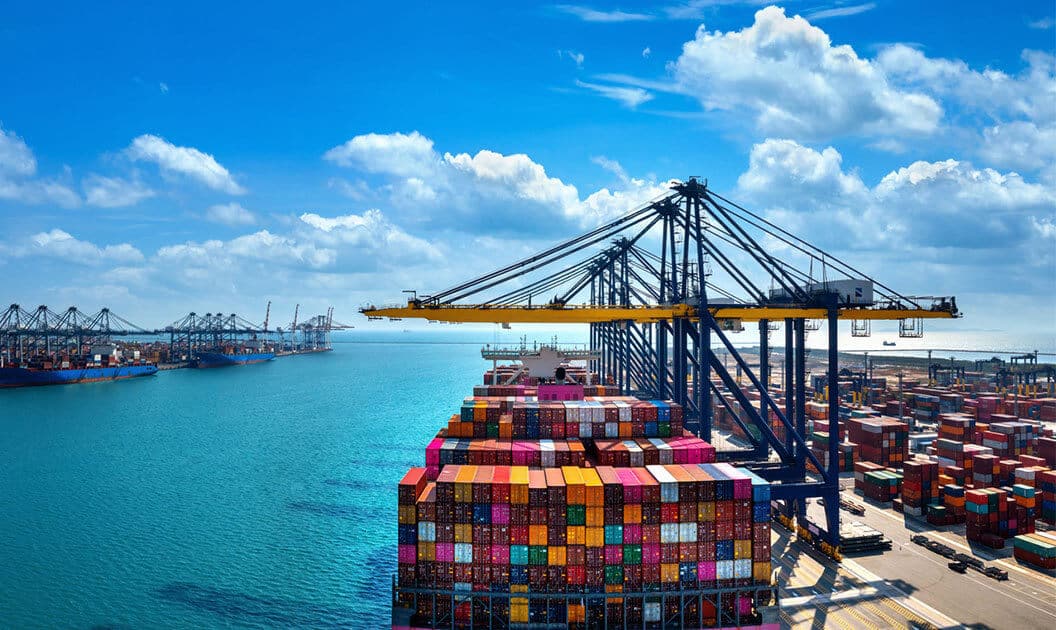About Countervailing duty (CVD):
- It is a specific form of duty that the government imposes to protect domestic producers by countering the negative impact of import subsidies.
- CVD is thus an import tax by the importing country on imported products.
- Why is CVD imposed?
- Foreign governments sometimes provide subsidies to their producers to make their products cheaper and boost their demand in other countries.
- To avoid flooding the market in the importing country with these goods, the government of the importing country imposes CVD, charging a specific amount on the import of such goods.
- The duty nullifies and eliminates the price advantage enjoyed by an imported product.
- The duty raises the price of the imported product, bringing it closer to its true market price
- The World Trade Organization (WTO) permits the imposition of CVD by its member countries.
- Who administers CVD in India?
- The countervailing measures in India are administered by the Directorate General of Anti-dumping and Allied Duties (DGAD), in the commerce and industry ministry’s department of commerce.
- While the department of commerce recommends the CVD, the department of revenue in the finance ministry acts upon the recommendation within three months and imposes such duties.
What is Anti-dumping duty (AD)?
- It is a protectionist tariff that a domestic government imposes on foreign imports that it believes are priced below fair market value.
- Dumping is a process wherein a company exports a product at a price that is significantly lower than the price it normally charges in its home (or its domestic) market.
Countervailing duty v/s Anti-dumping duty
- AD is imposed to prevent low-priced foreign goods from damaging the local market. On the other hand, CVD will apply to foreign products that have enjoyed government subsidies, which eventually leads to very low prices.
- While the AD duty amount depends on the margin of dumping, the CVD amount will completely depend upon the subsidy value of the foreign goods.
Q1: What are the different types of trade barriers?
There are four types of trade barriers that can be implemented by countries. They are Voluntary Export Restraints, Regulatory Barriers, Anti-Dumping Duties, and Subsidies.
Source: DGTR Bats For Countervailing Duty On Saturated Fatty Alcohol Imports From Three Nations
Last updated on December, 2025
→ Check out the latest UPSC Syllabus 2026 here.
→ Join Vajiram & Ravi’s Interview Guidance Programme for expert help to crack your final UPSC stage.
→ UPSC Mains Result 2025 is now out.
→ UPSC Notification 2026 is scheduled to be released on January 14, 2026.
→ UPSC Calendar 2026 is released on 15th May, 2025.
→ The UPSC Vacancy 2025 were released 1129, out of which 979 were for UPSC CSE and remaining 150 are for UPSC IFoS.
→ UPSC Prelims 2026 will be conducted on 24th May, 2026 & UPSC Mains 2026 will be conducted on 21st August 2026.
→ The UPSC Selection Process is of 3 stages-Prelims, Mains and Interview.
→ UPSC Result 2024 is released with latest UPSC Marksheet 2024. Check Now!
→ UPSC Prelims Result 2025 is out now for the CSE held on 25 May 2025.
→ UPSC Toppers List 2024 is released now. Shakti Dubey is UPSC AIR 1 2024 Topper.
→ UPSC Prelims Question Paper 2025 and Unofficial Prelims Answer Key 2025 are available now.
→ UPSC Mains Question Paper 2025 is out for Essay, GS 1, 2, 3 & GS 4.
→ UPSC Mains Indian Language Question Paper 2025 is now out.
→ UPSC Mains Optional Question Paper 2025 is now out.
→ Also check Best IAS Coaching in Delhi

















